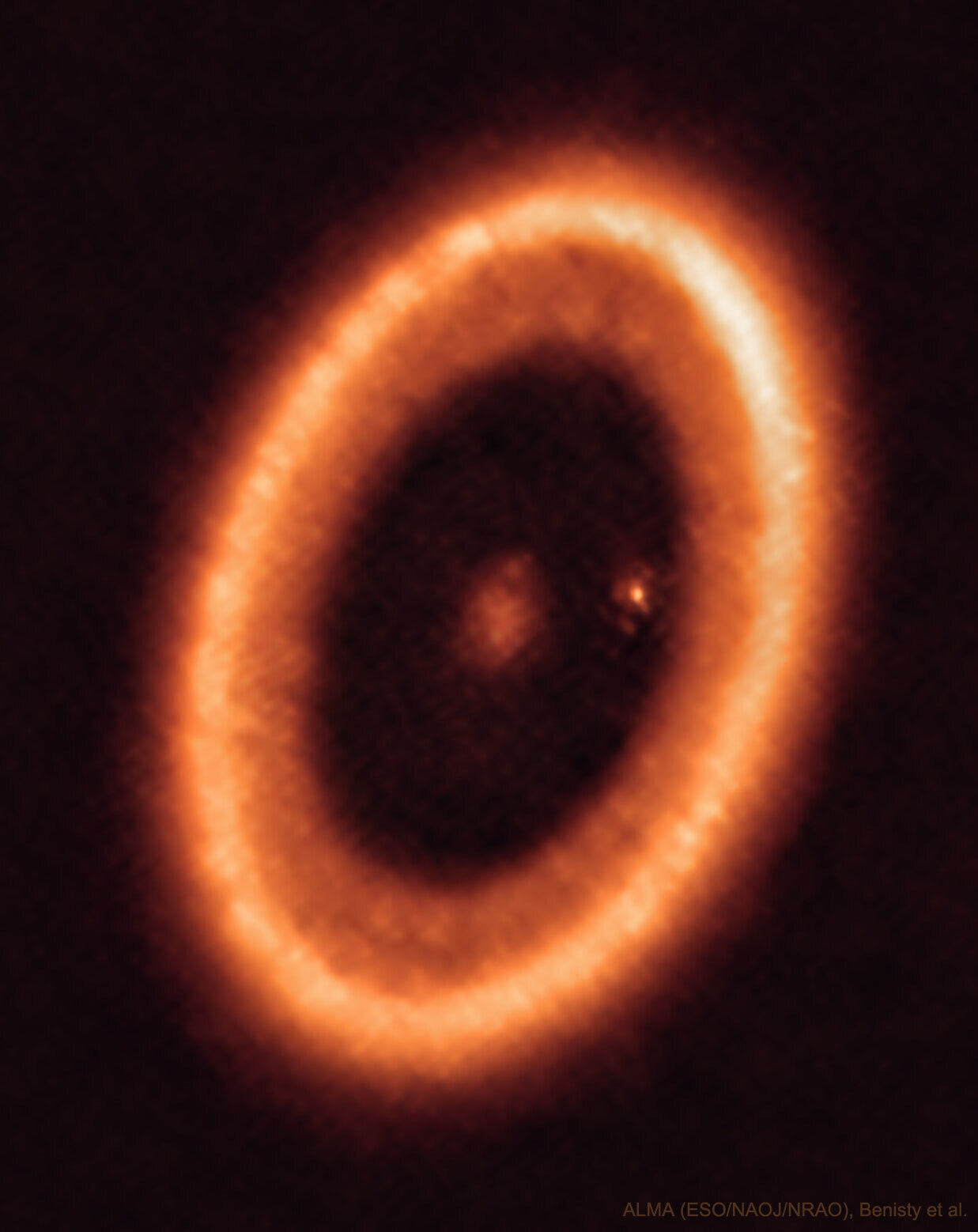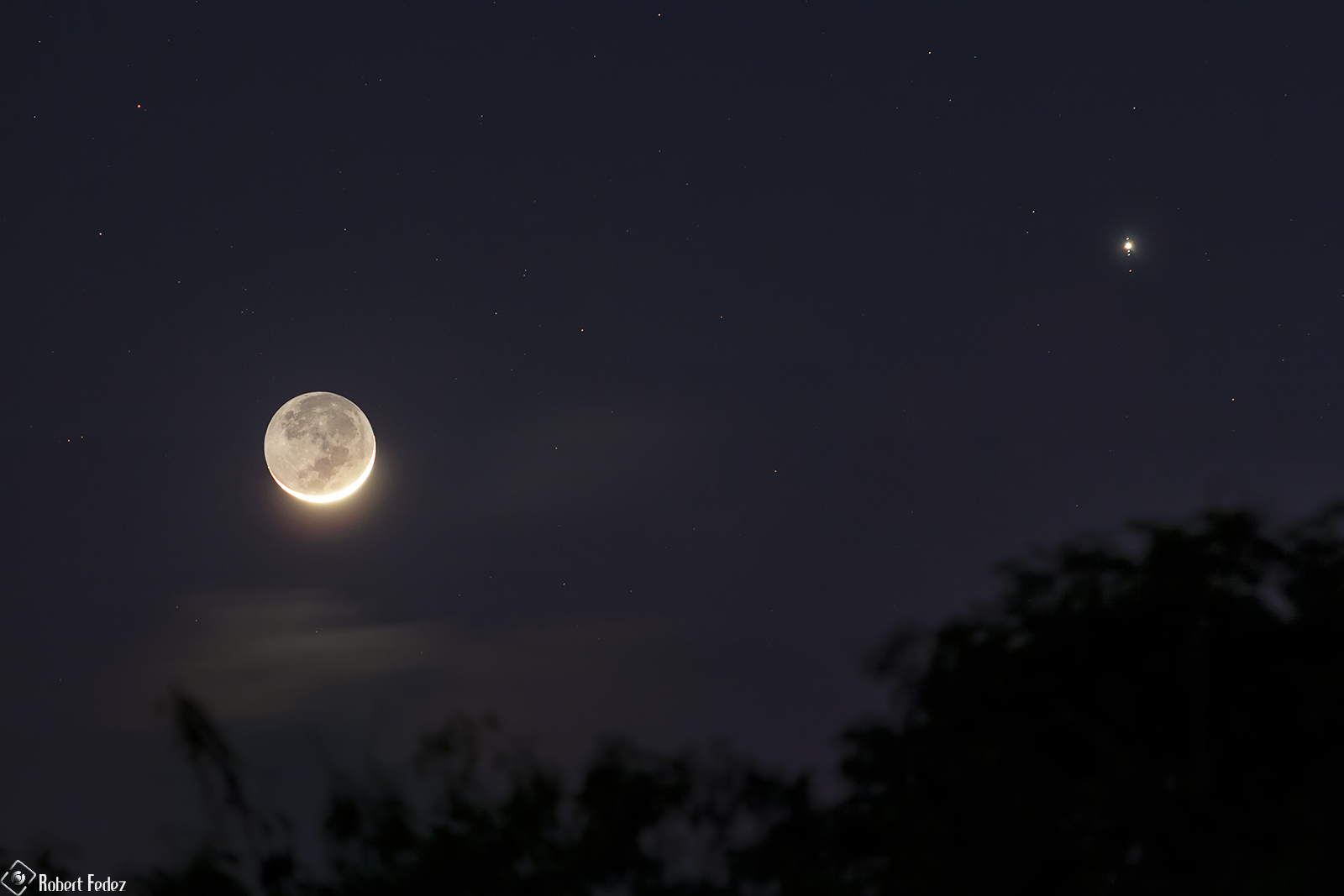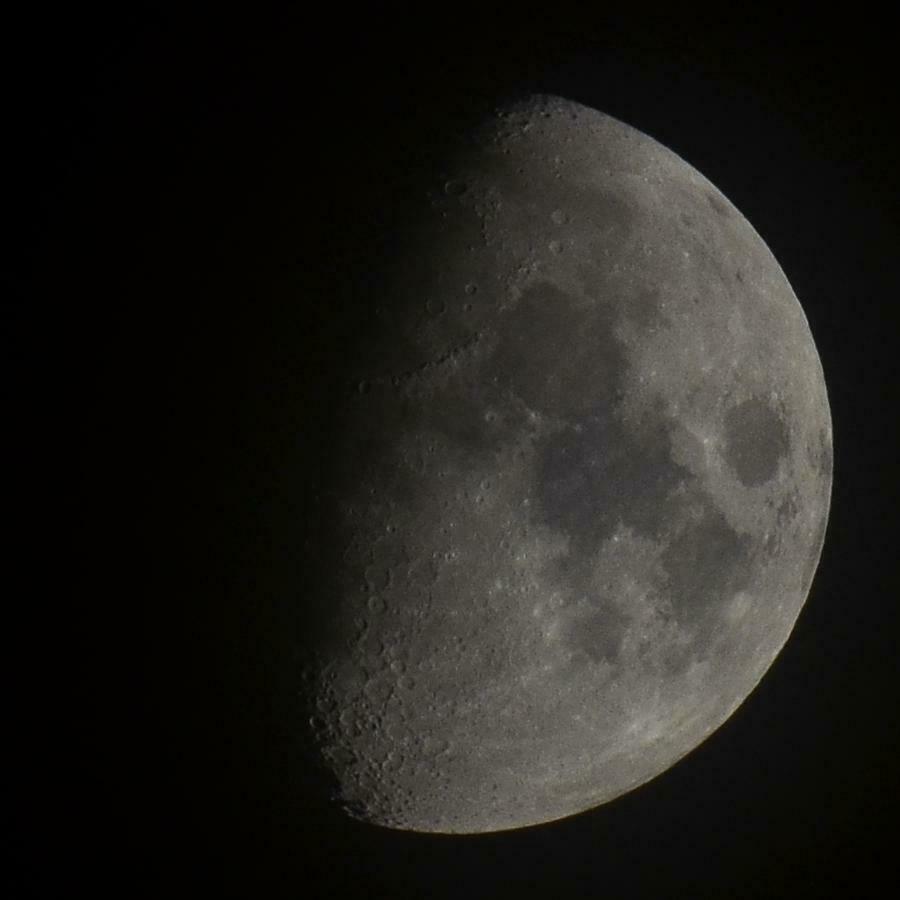Quote ESA’s #Jupiter #Icy #Moons Explorer (Juice) returns to #Earth on 19–20 August 2024, to complete the world's first Lunar-Earth gravity assist. Flight controllers will guide the #spacecraft past the #Moon and then Earth itself, ‘braking’ the spacecraft. This manoeuvre may seem counterintuitive but will allow Juice to take a shortcut via #Venus on it's way to #Jupiter.
Juice has already travelled more than 1000 million km to the giant planet but it still has a long way to go even though Jupiter is on average ‘just’ 800 million km away from Earth. Join us as we explain why Juice's journey to Jupiter is taking sooo long.
Published 19th August 2024 (9:23)
Source: https://youtube.com/watch?v=I8jkXMompss

















